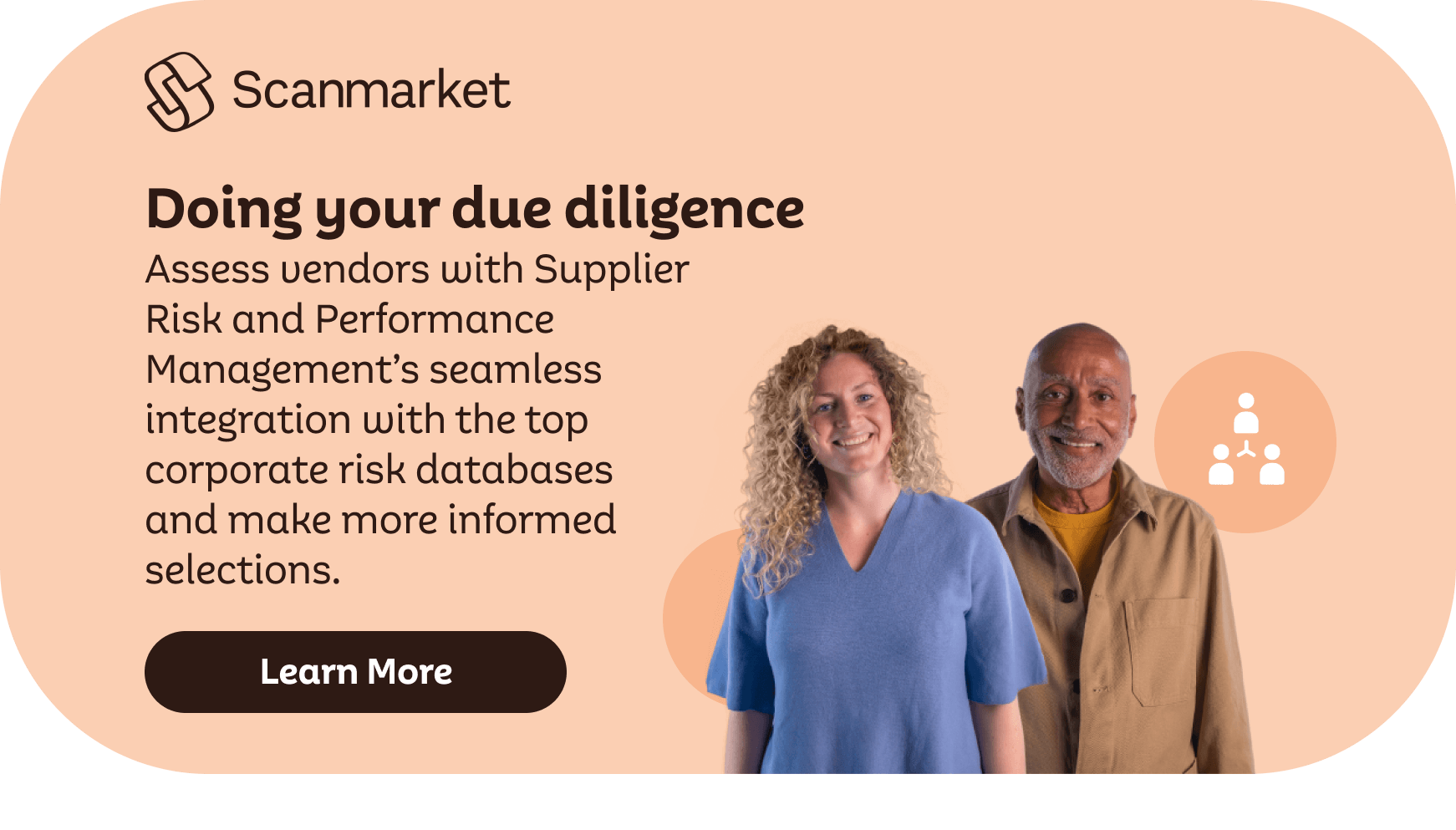Optimize the upstream procurement process to bolster business resilience and improve outcomes.
Every upstream sourcing activity that happens from the time a sourcing request and eRFx is issued until a contract is signed has a significant impact on downstream outcomes. Because 2020 and 2021 were the years of shortages, it’s become clear that sourcing and procurement teams can no longer fly by the seat of their pants. Risk management must be built into every part of the upstream sourcing process.
Identify the Risks
Your risk management plan needs to be bolstered by technology. A source-to-contract (S2C) solution provides a central repository where all stakeholders can access the same information that will expedite decision-making during a risk event and help forecast future risk events before they happen.
The three main risk buckets in the upstream sourcing process are operational risk, financial risk, and reputational risk. You certainly have your hands full managing these risks while also monitoring the bottom line. However, not managing these risks is a gamble that can result in a loss of market share, consumer trust, and profits. S2C technology can save you valuable time when it comes to monitoring these three risks.
1. Operational Risk
Operational risk is the risk of business operations failing due to human error. This is why agility must be procurement’s main priority. Swings in demand, natural disasters, cyberattacks, and supplier bankruptcies mean that procurement will need to find qualified back-up suppliers, revisit contract terms, and keep a close eye on inflows and outflows.
You can’t do any of that efficiently without a technology solution that provides a single source of truth. Here are a few must-have resources to mitigate operational risk when disruption strikes:
-
Spend Analytics Software:
Identify inflows and outflows, opportunities for savings, and supplier dependencies while mitigating risk. -
Contract Management Repository:
Quick and easy access to contract data that’s searchable by multiple criteria. -
Supplier Base Management Portal:
Automate all supplier engagements and make suppliers responsible for managing their own information.
Managing for operational risk is essential to maintaining business continuity and will help to mitigate both financial and reputational risk, which we’ll discuss in more detail below.
2. Financial Risk
According to a recent report, supplier financial risk represented nearly half (48%) of all risk events recorded in 2020. When a supplier goes out of business it can have a snowball effect on the supply chain that can even impact local economies when workers lose their paychecks.
But keep in mind that financial risk cuts both ways: you not only need to keep an eye on your suppliers’ financials, but your own organization needs to have cash on hand in the event of (another) global credit crunch.
In 2020, we saw organizations providing suppliers with upfront cash infusions to ensure supply continuity. This unique scenario resulted in a blossoming relationship between procurement and finance. Working together with data from a single source of truth leads to informed decision-making, and that’s a win for everyone.
3. Reputational Risk
This kind of risk impacts your business through either the actions of your employees, direct actions of your company, or via your third parties.
In this interconnected and globalized world, you can’t ignore issues like employee fraud, child labor, and unethical practices in your supply chain. This is an issue that has risen in importance in the C-suite and among boards of directors, especially as social justice issues are growing in importance among the public and employees.
Reputational risk is one of the hardest types of risk to control, but you have a prominent and strategic role to play in mitigating this kind of risk. You can enforce the organization’s values and ESG goals in the supply chain with purchasing decisions, in talent management.
A Strategic Vision for Risk Management
While risk management is everyone’s job, it’s now a discipline that sourcing and procurement teams can’t afford to ignore or outsource. Technology has allowed the profession to evolve from a back-office, cost-cutting function to one that is strategically important to the organization.
The visibility that S2C technology provides into all areas of the business represents an opportunity to advise executive leadership on solutions that protect the organization from risk and volatility while generating long-term value for the organization, suppliers, and customers.













